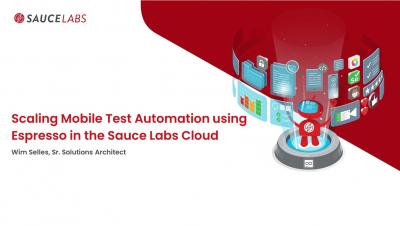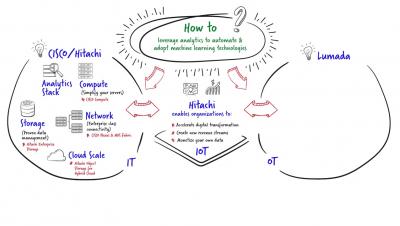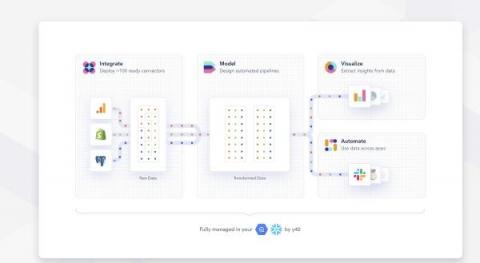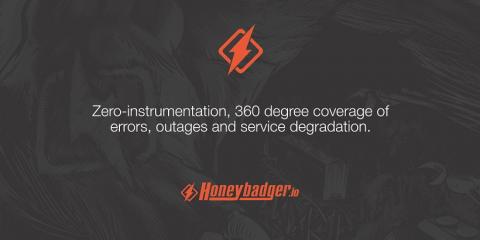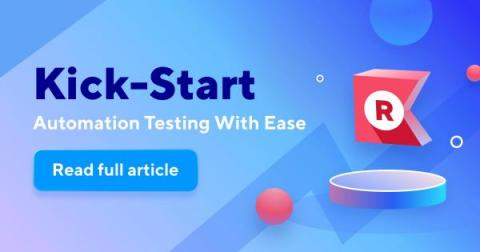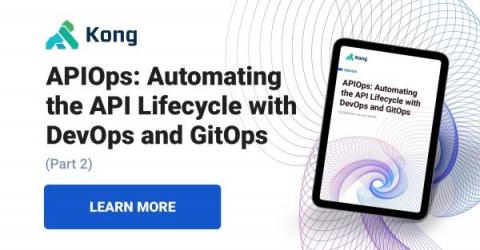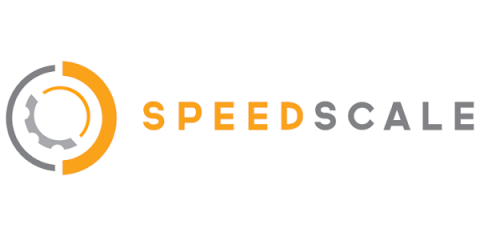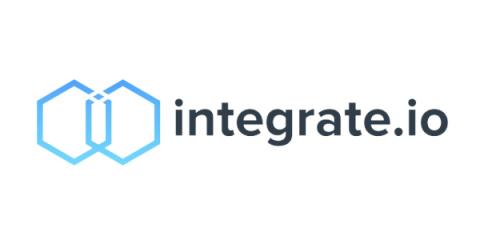Systems | Development | Analytics | API | Testing
%term
How to leverage analytics to automate & adopt machine learning technologies
Game Development With the Power of Perforce
Y42 raises $31M to build the first scalable data platform that anyone can run
Building, Testing, and Deploying Google Cloud Functions With Ruby
Google's Cloud Functions let developers run their code in production in a scalable way without worrying about the minutiae of server administration. In this article, Subomi shows walks us through building a real-world service using GCF.
Kick-Start Automation Testing with Katalon Recorder
Software testing was initially a manual activity, however, due to the importance of speedy delivery, the transition to automation testing is predictable. Unfortunately, this shift can become an overwhelming voyage, especially for startups without a dedicated QA team. Suppose you are a manual tester (or developer) seeking an automation solution to speed up your project.
Google Analytics Automated Reports: Everything You Need to Know
Automating the API Lifecycle With APIOps: Part II
In the last blog post, we discussed the need for both speed and quality for your API delivery and how APIOps can help achieve both. In this part of our blog post series, we’ll walk through what the API lifecycle looks like when following APIOps. We’re still following the best practice we’ve established in the industry over the years, but what you’re going to see is that the processes we follow at each step of the API lifecycle – and between each step – have changed.
Cloud Testing at Facebook
At Speedscale, we are on the cutting edge of defining autonomous testing for the cloud era. However, we aren’t the only company trying to solve this problem and we enjoy learning from every perspective. That’s why Facebook’s recent blog article about autonomous testing caught my eye. They’ve built a sophisticated autonomous test system that introduces many of the same techniques we utilize.


